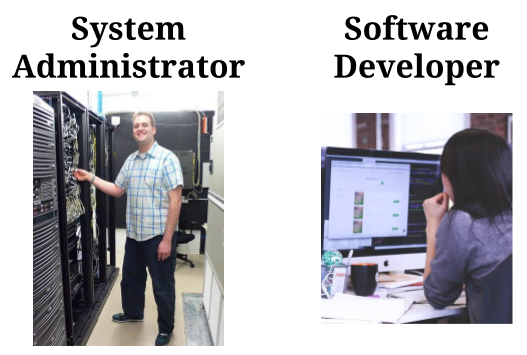People are companies’ most important assets. We’ve all known this for a long time, but 1) we pay it lip service more often than we try to do something about it, and 2) it’s true more now than ever.
The rise of technology and the information age has resulted in more companies that compete based primarily on their people. This isn’t only true for technology companies like Facebook and Google; as software continues to eat the world and the pace of business increases, nearly all companies will live and die by their continual ability to innovate.
Despite the fact that most organizations know that their long term advantage resides in their people, most companies don’t think critically about how to increase employee retention.
In this post, I’ll argue that the core reason people don’t think about employee retention seriously enough is because they don’t know how to measure the impact. I’ll then share some frameworks for how you might associate dollar values with regrettable turnover, and once I’ve (hopefully) convinced you that this matters, give you some actionable ideas for improving the state of affairs.
Source: How much does employee turnover really cost? – Resources for Humans


